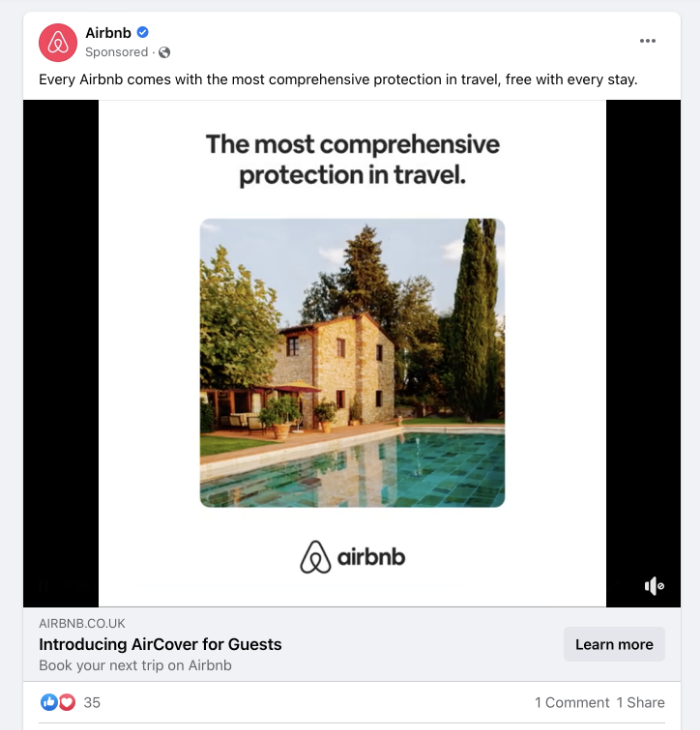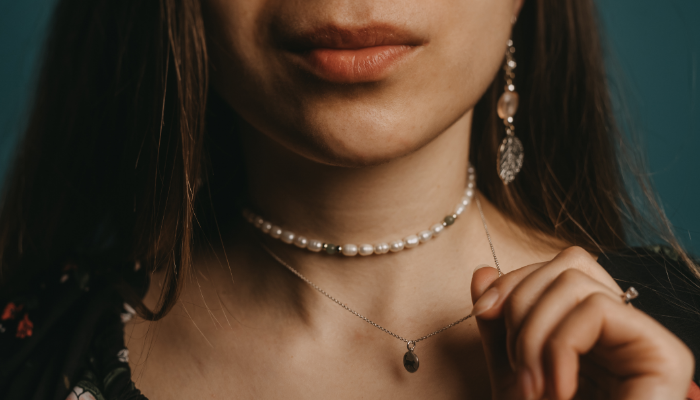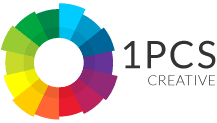
Social media platforms provide a powerful tool for any marketing strategy to achieve a range of goals for both customer acquisition and customer retention. Social media allows businesses to increase brand awareness, communicate with their loyal customers on a personal level and reach new customers.
Our blog post looks at the differences between organic social media and paid social media. With the aim to help your business decide what is the right fit to achieve your marketing strategy and business goals.
When used in the right way with the right approach, any business will benefit from making the most of the possibilities with social platforms. First lets look at the what we mean by organic social media and paid social media.

Gemma Finch
Social Media & Paid Ad Specialist at 1PCS Creative. Love engaging and impactful social content, family time with my little girl and helping companies grow and build their presence online.
Share This Article
Subscribe for updates
Organic social media
Simply put organic social media refers to anything on social channels which is free content. This organic content could include social posts, stories, shares, user-generated content or audience engagement such as likes and comments with your followers.
Whilst using social channels whether that be Facebook, Instagram, LinkedIn or other platforms it is free to use for organic content. Having an organic social media strategy is important to ensure when you post organically that it is representing your brand ethos and personality correctly. With your messaging and tone of voice being cohesive and consistent across all organic posts.
Paid social media
Where paid social media differs to organic social media is the ability to reach a wider and new audience. Paid social media refers to any paid content such as ‘boosting’ organic posts or creating a bespoke post specifically to run social media ads for. Examples of paid social media can include single images, videos or carousel formats which target people you want to reach.
Paid ads on social media have a similar appearance to organic posts, therefore they often have a high engagement rate as are not viewed as obtrusive to users on social media. Even with a small budget running paid advertising can make a big difference to reach a larger audience.

Organic Social Strategies
It is not purely down to your follower count for who will see your organic content. Social media users can see your organic social posts as your followers, but also your followers of followers if they share your content. Along with #hashtags being another effective tactic for your organic reach to go further with your organic social campaigns.
Social media marketing with your organic content can benefit your business across multiple goals. For your own audience which will likely include existing customers, you can continue to build and strength your relationship, giving you some of your best customers. Who not only buy from you time and time again, but who happily post and share positively on social media about your business.
Build Organic Engagement
Social media users love to engage with content, so do an organic post asking them a question, such as which product they prefer from your new range. Likes, shares and comments aren’t just vanity metrics. Any organic social strategy relies on driving audience engagement to help with the news feed algorithm for your content to be seen by more social media users.
Facebook and other social media channels use engagement metrics to identify if followers see that as relevant content and therefore warrants being shown to more of your followers, whether it is big brands or a small business.
New Followers
With successful organic social strategies you not only build stronger relationships with existing followers, it also can lead to gaining followers giving your social media profile a wider audience over time. To do this you need to be posting relevant content for your audience.
Whether you want to build brand awareness, share your company values or generate more money for your business with increased enquiries or sales. Time needs to be taken to understand your audience and how your audience engages on social media so you can be posting content that is going to appeal to them.
Examples include ‘meet the team’ so people can put a face to the name and shows personality to your business. Or tips and tricks from your industry, for example if you sell accessories, post visual content with inspiration for your audience on how they can style a new accessory.

Social Media Community
A social media strategy for organic social media is not just about the posts you create. It also gives your business a deeper insight and ability to connect with your existing customers and potential customers on a one to one basis.
It is important to take the time daily on social media to interact both with your followers and new audiences. Any comments or direct messages should be responded to in the same way you would if they called or emailed you or walked into your shop. They should get a prompt reply with a personalised and informative response.
Remembering that other social media users will be able to see any comments and replies posted on your content, so it is a great opportunity to show your brand personality and that your business is helpful and responsive.
Paid Advertising
When looking at paid vs organic social strategies, there are pros and cons to both. The challenge with organic social media is it takes time to reach a wider audience and regardless of how many followers you have, it is a smaller percent of your total followers who will see each post.
A social media marketer can use paid ads to achieve a range of goals for a business. It can be that paid and organic social objectives are similar, but the two work well to complement one another for a business paid advertising strategy.
Paid ads can be used to increase brand awareness, increase followers, retargeting, increase enquiries and sales. This isn’t an exhaustive list, there are many goals that running an ad campaign can achieve whether that be on Facebook, Instagram or LinkedIn.

Target Audience
Paid social ads are proven to be effective with reaching your target audience. Paid social campaigns can use broad targeting to get your paid social media seen by a large audience such as demographics, interests and location.
Or it can be extremely targeted, with retargeting working particularly well for driving sales as part of your paid social media strategy. This could be people who recently visited your website and left items in their basket. The paid campaigns then gives them the reminder they need to go back and complete their purchase.
Or you can target a lookalike audience, which is people who have similar characteristics to people who already buy from your business. This is an effective approach to increase enquiries and sales. This is because a lookalike audience has a similar intent to purchase and interest in what you offer to your current customer base.
Ad Spend
Ad campaigns have a set ad spend which can be increased or decreased. With ad spend on a cost per click model which is either typically used based on impressions or when an ad is clicked. It is recommended to test and optimise continuously.
With running tests across different criteria it will help you to know how to target your ad spend in future. Making sure your budget is maximised to give the best return on ad spend.
Testing can be run to look at which visual content performed best, which copy hit the mark with an audience and you could run ads for different audiences to see which ad performs best with each audience.
Facebook tells you once set up correctly the number of leads or purchases made as a result of a specific advert. Giving you the necessary data to understand fully your return on ad spend.

Paid Vs Organic Social Media
There are benefits which cross over between paid social media and organic social media, however there are also specific benefits to each for social marketing. Therefore our recommendation is to deliver both together for the highest impact.
Running one or the other only will limit the results you achieve with your content on any social network. Run in unison is a powerful strategy to help any business build a strong brand personality and presence online. When delivered successfully using both organic social media and paid social media, it can help businesses to grow with both customer acquisition and customer retention.
We hope you have found our blog post useful to explain the differences between organic and paid social media. Both play an important role in any marketing strategy.
Our team at 1PCS Creative are experienced at providing social media management and paid social advertising campaigns. Please feel free to get in touch to discuss with us how we can help your business.

